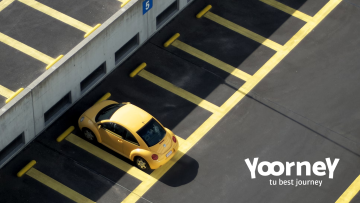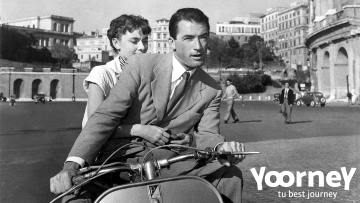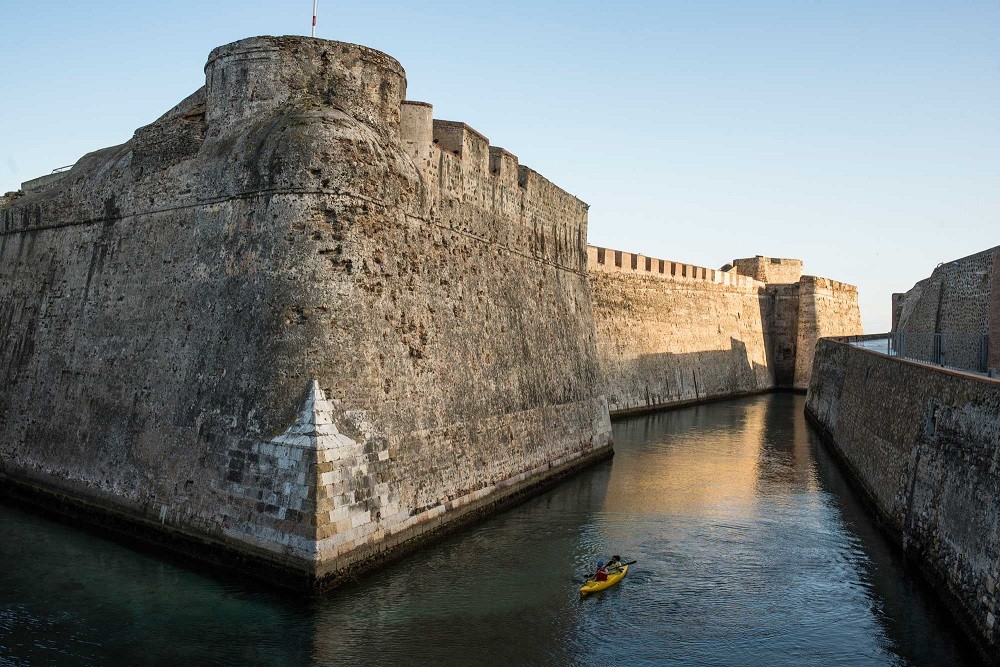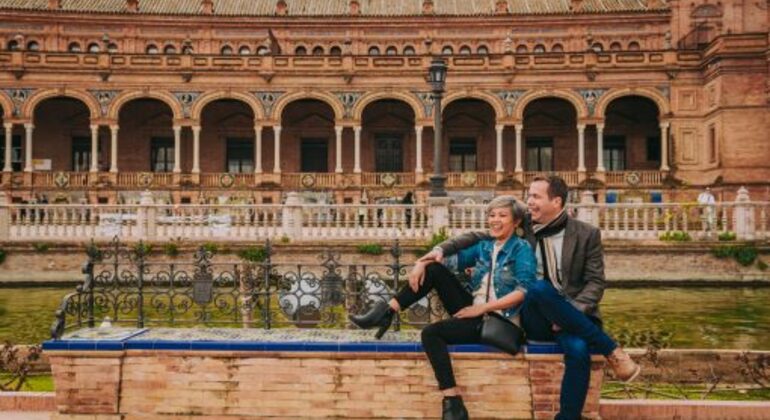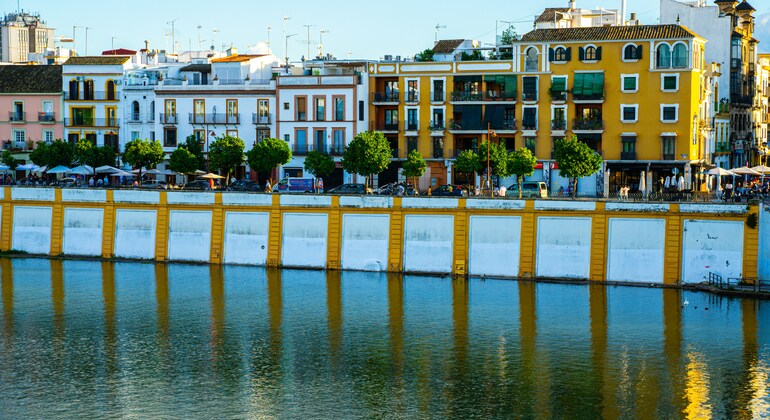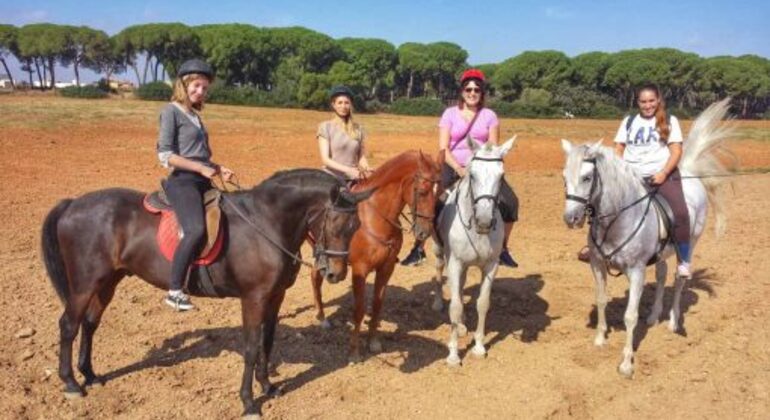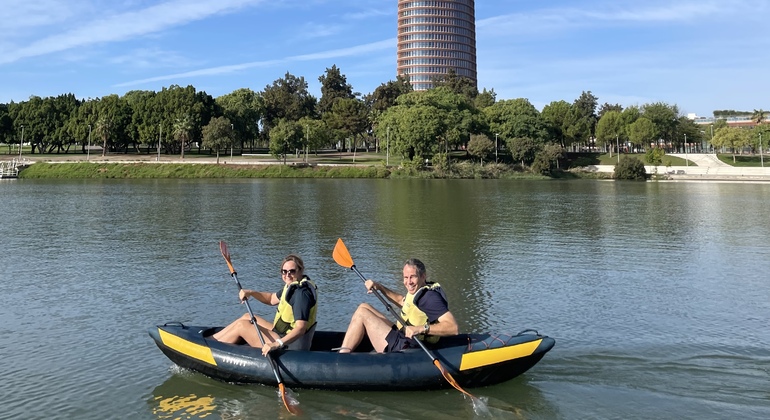1 - 3 days in Seville: The best things to do and visit.
Seville has one of the most extensive historical centers in Europe and it is not surprising. The Andalusian capital has had several periods of extreme wealth throughout its history, which have seen it grow and grow to become the beautiful southern metropolis that it is today.
Seville is also a fascinating, cheerful and outgoing city that deserves to be known in depth. In this guide, we tell you everything you have to see and do in Seville to get to know its architecture, its history, its neighborhoods and its people in depth. We have structured it so that you do not get lost, so you can get the most out of your trip, doing good planning. Let's see what there is to do and visit in Seville!
How to plan my visit to Seville?
At Yoorney we have local tour guides who offer you the best selection of guided tours, free tours and excursions in Seville and in other cities around the world.
A different and fun way to discover a city.
One of the biggest challenges of traveling is to really get to know everything you want about your next destination. We take care of that and show you each spot in a special way that makes you feel not just like another simple tourist. When you take a tour with Yoorney you will dive into the culture and experience the city as if you were a local.
Why visit Seville?
Seville has three authentic jewels that make up the monumental nucleus of the city and which have been a World Heritage Site since 1987: the Cathedral, the Alcázar and the Archivo de Indias. These are the places to visit in Seville that no one should miss because they are the ones that best represent its exceptional historical and heritage wealth.
In addition, they are a few meters from each other. Therefore, if your visit to Seville is going to be lightning and you need to establish priorities, focus only on this area and these monuments.
Seville: Top 13 things to do and must-see attractions
1. Seville Cathedral

2. Alcázar of Seville

Groups (of 20 people or more): 2,00€.
Special groups and children up to 5 years old: free.
3. General Archive of the Indies

What to see and do at the Archivo de Indias?
4. Barrio de Santa Cruz

5. María Luisa Park

6. Plaza de España of Seville

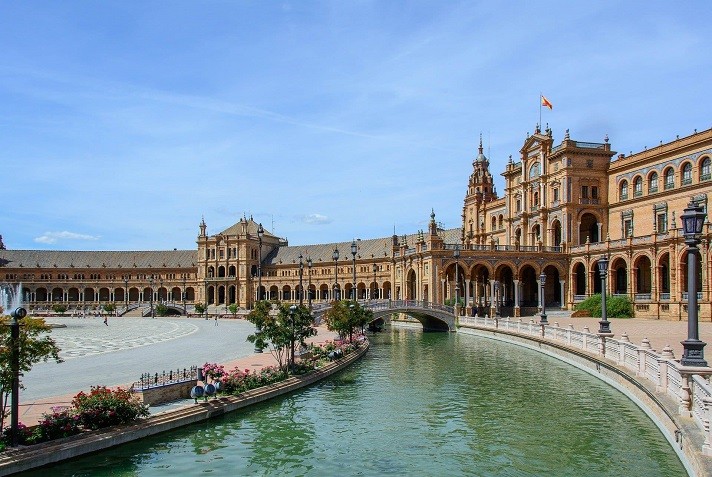
7. Plaza de América

What to visit in the Plaza de América?
8. Barrio de Triana

9. Torre del Oro

10. San Telmo Palace

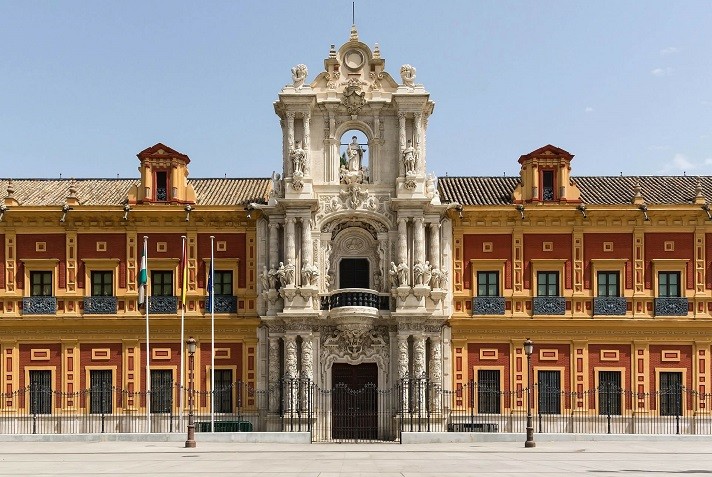
11. Museum of Fine Arts of Seville

12. Metropol Parasol - Antiquarium of Seville
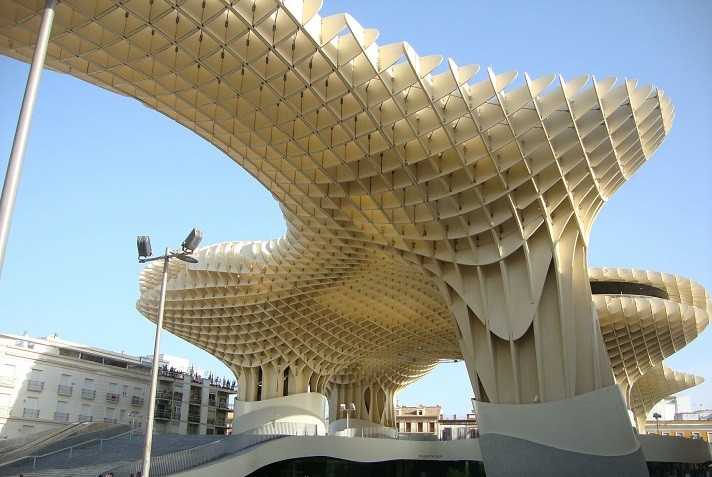
13. Palacio de Dueñas
 Where to eat in Seville?
Where to eat in Seville?
4 places to eat in Seville

-
Los Claveles: You can order from the richest tapas in Seville to great fish dishes to share.
-
El Rinconcillo: Classic and modern at the same time, with tapas based on lifelong recipes that have been serving food since 1670.
-
Bodega Casa Morales: Founded in 1850, the design of the bar is totally classic. When it comes to food, everyone highlights the montaditos or the chickpea small, as well as a good wine.
- Bodega Dos de Mayo: If there is a place where the food is Seville and traditional it is the Bodega Dos de Mayo. Although it is difficult to find a table, if you can find it, do not hesitate to try the cod.
4 typical dishes of Seville

- Fried little fish: Although they do not have a beach, in Seville they are specialists in fried fish. They even have a dedicated night during the 'Feria de Mayo' May Fair.
- Flamenco eggs: It can be prepared in different ways, but always with eggs. It is usually cooked in a clay pot, with asparagus, peas and potatoes, as well as chorizo or ham.
-
Oxtail Stew: Rabo de Toro is a stew with great flavor and seasoned with sauce for dipping lots of bread. The stew is prepared with vegetables, red wine, various spices and a lot of patience, as it takes about 2 hours to prepare.
-
Huevas aliñás: With the hake roe you can prepare a good salad to refresh the body. The classic 'picadillo' has pepper, tomato and onion.
 Seville with children
Seville with children
Visit Isla Magica Theme Park in Seville

Isla Mágica is the most important theme park in Andalusia. The park is set in the Discovery of America. It is made up of six different thematic areas, in addition to having a water park. All these areas include restaurant areas, water machines and soft drinks. Do not worry about the age of the little one since, you will find attractions focused on each age so that everyone can enjoy a magnificent day with the family!
This amusement park is also very attractive for summer, since it has aquatic areas so that the heat does not burn us.
Route through the impressive waterfalls of Huéznar

In the center of the Sierra Norte de Sevilla you will enjoy a wonderful place with the best company, the family. You will find a rich landscape with a great variety of plants of an intense green color, full of freshness and calm.
The hiking route begins at the source of the Huéznar River, it is a simple route aimed at all audiences. You can also get to know the town of San Nicolás del Puerto.
If you like nature and magical corners, this is your place!
Las Guardas Castle Reserve

The Castle Reserve of Las Guardas is located about 50 km from Seville. You will enjoy a natural experience in the Sierra Norte de Sevilla. You will travel about 15 km by train or car while you witness the views accompanied by lions, bears, elephants, zebras and many more species that will come to meet you and which you can feed. In addition, the reserve also offers different exhibits.
You do not have to worry about anything since, the reserve offers different options for eating, rural accommodation and many experiences such as karting, a boat or kayak trip, paintball, children's playground and much more that you will have to discover during your visit.
 Pet-friendly Seville
Pet-friendly Seville
Places to go with your dog in Seville

- Enjoy the pet-friendly areas and the dog parks that are scattered around the city.
- Take a walk through the old town.
- Sit on a nice terrace accompanied by your furry.
- A pleasant swim on the beach of Ronquillo.
- In addition, you can enter with your pet in an art gallery without restrictions, Delimbo and the Haurie Gallery are perfect.
Dog parks in Seville

- Alamillo Park.
- Tamarguillo Park.
- Cuesta del Cross Park.
- Príncipes Park.
- Infanta Elena Park.
Pet-friendly hotels in Seville

If you are one of those who like to travel with your dog, there are more and more hotels that allow pets.
- El Rey Moro Hotel
- Casual de Las Letras Sevilla
- Corral del Rey
- Casual Don Juan Tenorio
- Hotel Petit Palace Canalejas
Sevilla accesible
 Nightlife Seville
Nightlife Seville
Enjoy the nightlife of Seville. Flamenco, tapas, terraces, drinks and good views. These are some of our favorite spots to party around the city!
Flamenco Nights

If you like dancing and flamenco, you can't leave the city without enjoying a good flamenco show in Seville.
There are different options, from visiting the Museum of Flamenco Dance, the Andalusian Palace to finding yourself in the middle of Plaza España, a show that will leave you speechless.
Night Tours

There are guided tours at night, either on foot to explore the streets and narrow neighborhoods of the historic center discovering the most special corners or, to take a boat trip on the Guadalquivir river and enjoy a pleasant night walk with unbeatable views.
Nightclubs in Seville

It is essential to enjoy a good glass of wine or beer in the Plaza del Salvador, where you will find a close atmosphere. There you can visit the International Brewery. The next stop will be accompanied by some tapas in any of the bars located in La Alfalfa, where you will find a good Sevillian atmosphere.
How to get to Seville?
How to get to Seville by car

The most common option is by car. Although it all depends on the origin. We recommend accessing through the southern highway or A-4 that starts on the European Route E05, which crosses the United Kingdom, France and Spain, connects with Córdoba (138 km) and Madrid (538 km) and leads to Seville airport. Also the A-92 highway, which joins the N-334 and allows you to get from Malaga (219 km) to Seville. The A-4 highway, linked to the AP-4, which communicates with Cádiz (125 km) or the A-49 highway, which connects with Huelva (94 km).
How to get to Seville by train

How to get to Seville by bus

How to get to Seville by plane

San Pablo Airport is an airport that is located in the vicinity of Seville. An urban bus line regularly arrives there, allowing you to quickly reach the city.
How to get around Seville

- Bus
-
Bici-Sevici
-
Taxi
- Uber
- Cabify
- Muving
- Scooter - Lime y Bird
20 most beautiful towns to visit in Seville
- Constantina
- Osuna

- Alanís de la Sierra
- Cazalla de la Sierra
-
Villanueva del Río y Minas
- Olivares
- Guadalcanal
- Santiponce
-
Montellano
- Villamanrique de la Condesa
- Estepa

- Gerena
- San Nicolás del Puerto
- Carmona

- Écija.

- Santiponce
- Marchena
- Alcalá de Guadaíra.

- El Pedroso
- Lora del Río
Seville general information
GIFTS AND SOUVENIRS OF SEVILLEConcha Barral Souvenirs Seville handicrafts Souvenir Macarena Souvenir Torre del Oro |
WHERE TO FOR A RUN IN SEVILLE María Luisa Park Miraflores Park Alamillo Park Guadalquivir River
|
SEVILLE CULTURAL AGENDA Agenda de Sevilla |
WHERE TO STAY IN SEVILLE |
SHOPPING IN SEVILLEShopping Center Nervión Plaza Shopping Center Plaza de Armas Shopping Center Lagoh Sevilla | SEVILLE TRAVEL GUIDESThe ultimate local's guide to Seville |
Map of Seville
How to use the interactive map of Granada?
We have indicated different colors for each area of recommendation.
Seville Transport Map
| The best way to see and visit Seville: Take a free tour |


